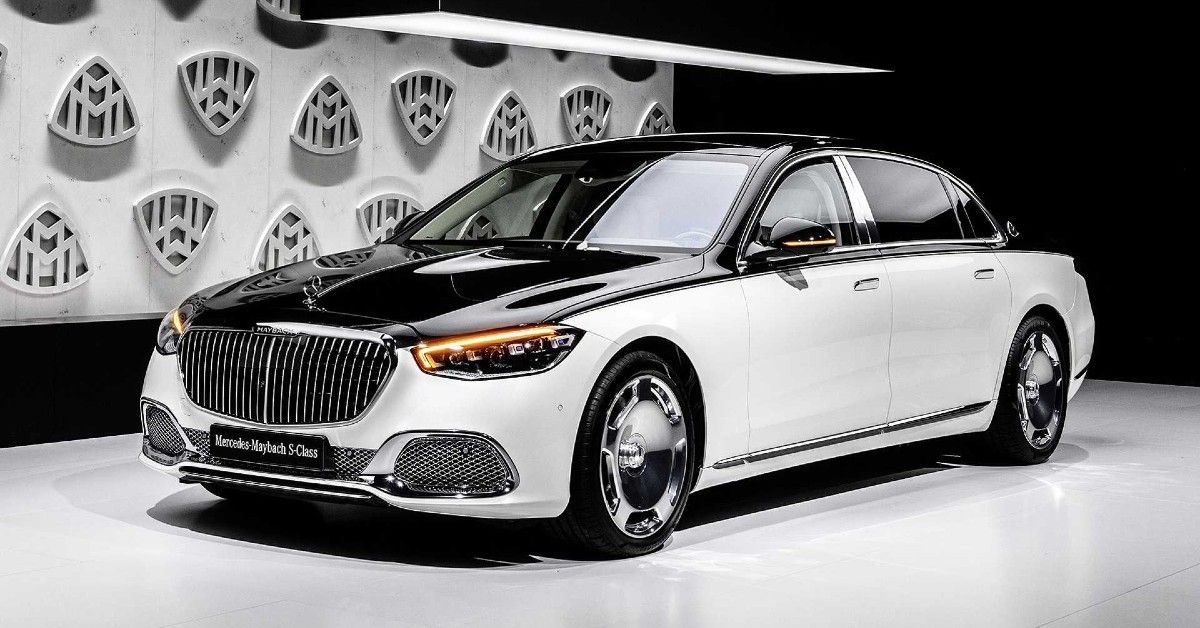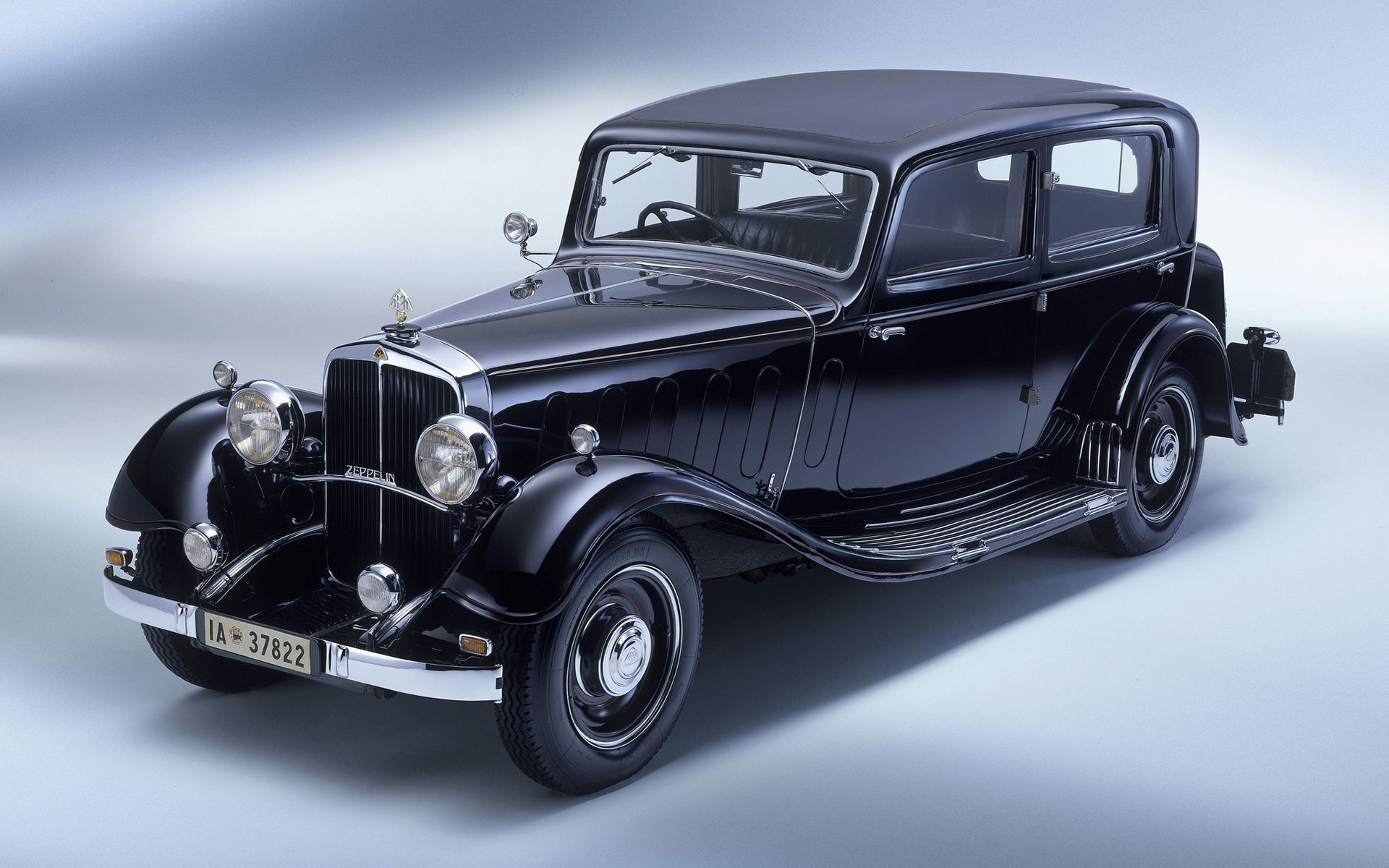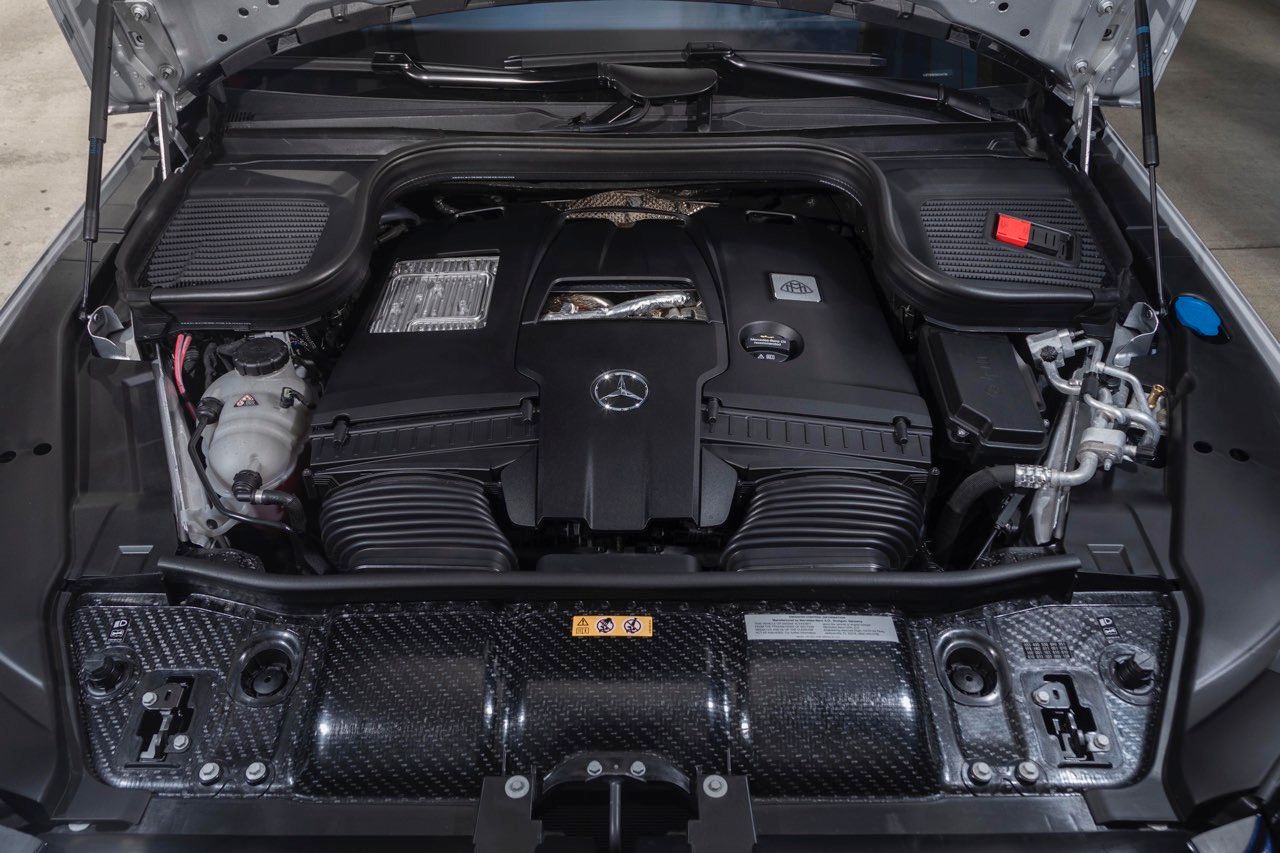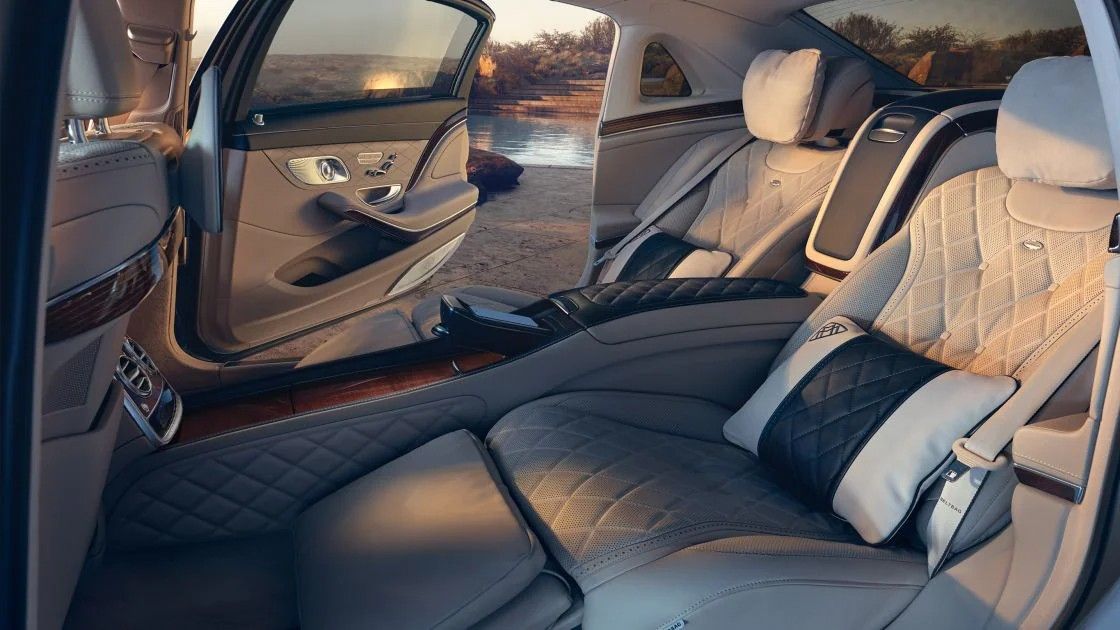Gottlieb Daimler could not have chosen better words when he coined the famous Mercedes-Benz motto "Das Beste oder Nichts," meaning "the best or nothing." The world-renowned brand has lived up to this mission statement throughout the decades, consistently delivering groundbreaking innovation and superior automotive design. With the name Maybach, Mercedes Benz pays tribute to the automobile designer Wilhelm Maybach (1846-1929) and his son Karl.
From the moment the W 3 Maybach Motorenbau GmbH's first serial production model was unveiled in September 1921, a legendary vehicle was born. From the four-wheel brakes (the first German car to have such a function) and planetary gearbox complete with the six-cylinder engine (enabling all speeds to be managed with a single gear) to the sumptuous wood-and-leather interiors, the design was groundbreaking. The car resembled a work of art on wheels and instantly delighted the masses.
In the 1920s and 1930s, Maybach cars were among the most luxurious vehicles in the German market. Only some 1,800 of these exclusive cars were built in a 20-year span. Maybachs were popular with celebrities of the time like Marlene Dietrich, Enrico Caruso, and the boxing legend Max Schmeling.
Maybach's 100-year tale of prospering in the automobile industry is quite interesting, and here's a peek at its long journey.
Evolving Throughout The Decades
When Karl Maybach developed his first automobile in 1919, he approached Mercedes, and the 'W1' test car was based on a chassis bearing the star. Like his father, Karl Maybach, too, was a gifted designer. His inventions like the innovative 'overdrive transmission', and his bent for technical perfection founded the legend of the Maybach brand and its circle of customers.
The first Maybach car engine was a six-cylinder side-valve engine W1, which produced 46 HP at 2,000 rpm. To test it, in 1919, the Maybach engineers built a test car that was also equipped with the W 1. From a historical viewpoint, this marked the beginning of automobile production under the brand name Maybach – even though the folks at Friedrichshafen had no plans at the time to manufacture motor vehicles on their own. The next development project was the 5.7-liter W2 engine derived from the W1. It already delivered 70 HP at 2,200 rpm.
Today, the Maybach churns out 550 horsepower. Under the hood, it sports a V12 engine which boasts a cubic capacity of just under six liters. Specially trained engineers and artisans largely produce each Maybach by hand. Mercedes expects up to 1,500 Maybach cars to be made each year. An average Maybach costs more than $261,000. But for such a hefty sum, the buyer gets what's been described as 'a living room on wheels'.
Maybach's Ventures Outside The Automobile Industry And Its Comeback
From 1909 to 1919, Maybach wasn't focused entirely on cars, producing engines for other types of applications as well. In 1919, the company debuted some of its automobile designs to critical acclaim. Within a decade, Maybach had become a symbol of automotive excellence and a more common sight on roads. Because of their engineering and beauty, cars produced between 1921 and 1940 are considered Maybach's 'Golden Age'.
After focusing on the war effort and reconstruction throughout the 1940s and 1950s, the Maybach name was eventually sold to Daimler in 1960 and shelved. For the next 37 years, Maybach was not very active in the automobile industry, with limited use in the marine and industrial segments.
Due to stalling sales, Mercedes decided to relaunch the Maybach brand in 1997. With increased popularity and sales, Maybach became a regular offering from Mercedes by 2000. Over the next decade, Maybach boasted massive sedans intended as chauffeured vehicles. With over 2 million configurations and options, Maybach began to dominate the high-end market. Today, Mercedes-Maybach is a symbol of luxury that spans across the globe.
The Road From Limited To Innovations Beyond Expectations
With limited technology in 1920 to the world filled with unexpected imaginations and innovations, the Maybach has evolved, and so have the advancements in it. The interior of a Maybach today is decorated with polished wood and smoked glass. Today the buyers can decide themselves on the materials and the arrangement of the interior fittings. Every Mercedes-Benz Maybach is said to be unique, as per the taste and personal preference of the owner.
Needless to say, the passenger seats are made of leather that's soft to the touch. The seats in the rear can be reclined and independently adjusted to a range of different positions. The Maybach comes equipped with its own telephone and computing system. Passengers can simultaneously make phone calls, send emails and faxes from inside the moving car at any time.
Likewise, passengers can also watch videos, DVDs, or television on a screen that automatically disappears into the car's roof when not in use. The passengers also have access to the radio on the integrated top-of-the-line sound system, which gives a one-of-a-kind sound experience.
Mercedes has revealed a lot about its future ambitions. Some of these plans include the G-Class becoming a Bronco-style sub-brand and a new range of electric cars. The market for super-luxurious vehicles is growing, and Mercedes, alongside several other luxury automakers, is coping with delivering the best possible product. When a buyer spends a fortune on Maybach, the German automaker ensures that the automobile is worth every penny for them. Moreover, making a Maybach has always been a question of prestige, and the creator's philosophy forbids the automaker from making any compromises whatsoever.




